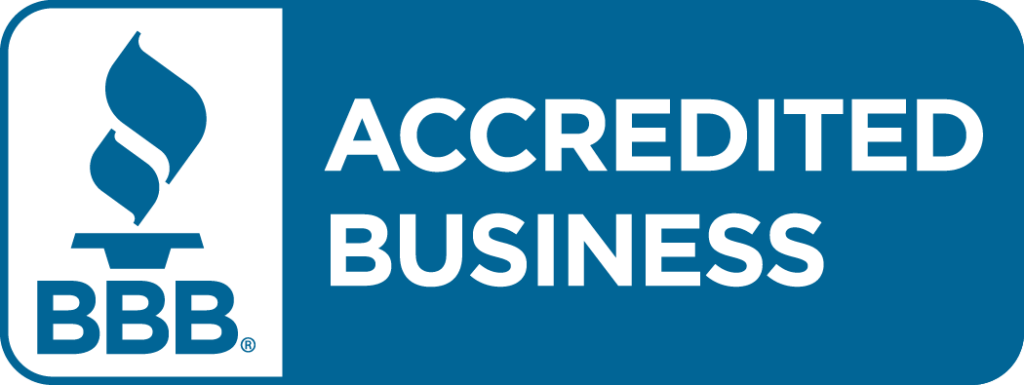Admit it. At one point, you had written off social media as a marketing and advertising tool. You thought it was a fad that would eventually disappear. And (if you did think that) you were wrong, just like the vast majority of marketers and advertisers.
In the past, Facebook ads were almost universally dismissed. Now, Facebook ads are a massive market, securing about $3.3 billion in revenue in Q1 2015. And it’s natural, considering the emphasis brands have placed on native and in-stream advertising and the development of precise targeting and reach.
Blog: How do 3rd Parties run Facebook ads?
Facebook is a valuable addition to every digital marketing strategy, and it’s only getting better. The people at Facebook are constantly retooling their ads to provide new solutions and options for a wide range of businesses.
Today, let’s look at a few of the most interesting changes we’ve seen in the past few months.
[hr style=”3″ margin=”40px 0px 40px 0px”]
1. Mobile Carousel Ads
One of the big ad formats Facebook introduced last year was the carousel ad. This format displays multiple images with different links within one ad unit. Carousel ads allow businesses to provide different resources to audiences from one ad.
This summer, Facebook extended the carousel ad format to mobile.
Neiman Marcus was one of the early testers. They used mobile carousel ads earlier this spring to showcase their shoe and handbag collections. According to Facebook, they reported three times more conversions and 85% higher click-through rates. Across all early testers, the average lift conversion was nearly 12%.
[hr style=”3″ margin=”40px 0px 40px 0px”]
2. Dynamic Product Ads
Earlier this year, Facebook announced the launch of a new dynamic Product Ads format. This format is mobile-friendly and it enables retailers to sync their product catalog using a carousel with their Facebook ads.
Blog: Social Media 101: Crafting the Perfect Facebook Post
These ads serve a purpose similar to Google Shopping ads, but work a little differently. Facebook uses targeting parameters, site history, or in app history to serve ads to consumers. By ensuring your ads are reaching prospects with a higher purchase intent, you’re more likely to get valuable clicks that generate high value leads.
Above, you can see an example of a dynamic product ad carousel, featuring multiple products. The ads are template-based, pulling images, product names, pricing, and other attributes from your catalog. Also, the templates work for both News Feed and sidebar ads, so you don’t need to separate ads for desktop, tablet, and mobile.
[hr style=”3″ margin=”40px 0px 40px 0px”]
3. The Call Now Button
In 2014, Facebook launched a local awareness initiative for their paid advertising. As part of this initiative they added a “Get Directions” call-to-action button to their ads. Now, they’ve moved another step forward by adding a “Call Now” button.
Blog: Facebook’s Organic Reach Is Dead, But Your Marketing Isn’t.
This gives every business an important lead generation tool, but it’s particularly important for businesses who have an established AOR and fleets who need inbound phone calls. Not only does this allow you to get valuable calls from local drivers and prospects, but you are eliminating additional steps for mobile users.
Mobile users can directly call straight from your ad, without redirecting to a different site.
Additionally, Facebook has powerful targeting options. With geo-targeting and remarketing, you can build ads to identify and reach your business’ motivated prospects or interested drivers on mobile.
Social media, Facebook in particular, is becoming an important tool for marketers across every industry. More and more decision makers are being found on Facebook, and they’re making critical purchase decisions from these ads. As Facebook continues to provide new ad formats and features, marketers are forced to turn to the platform to get the valuable conversions they need.
[hs_action id=”11284″]



